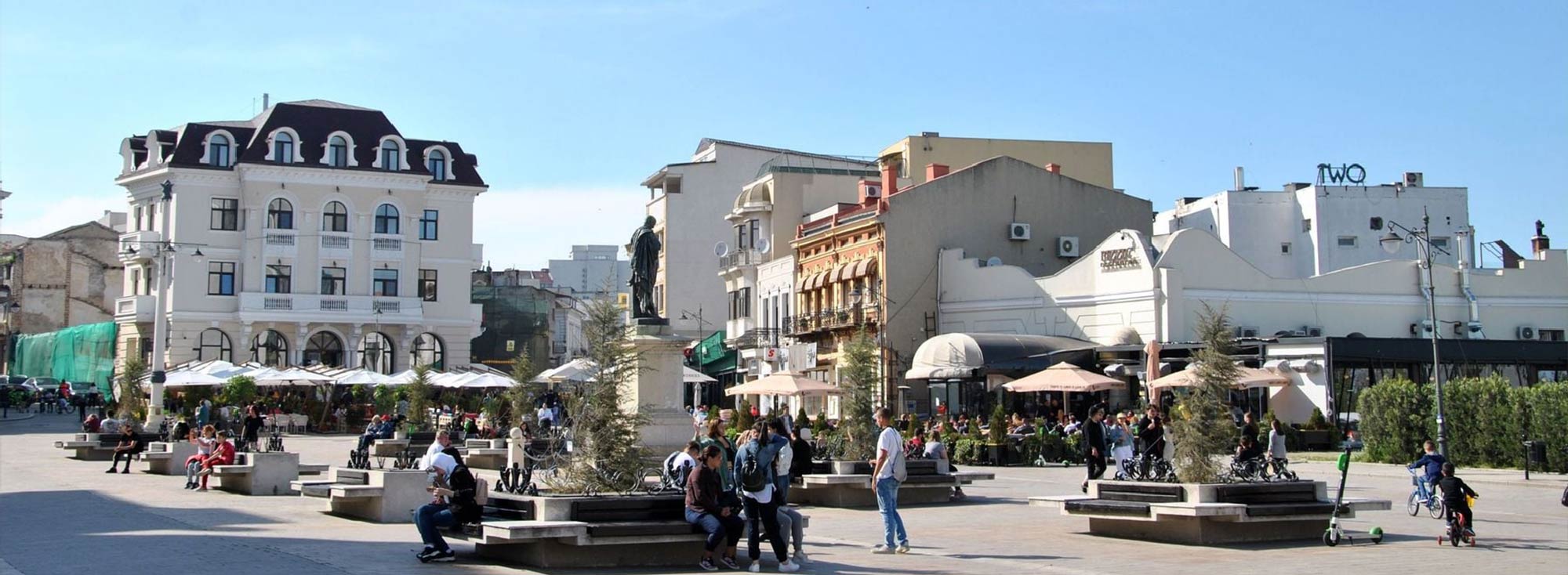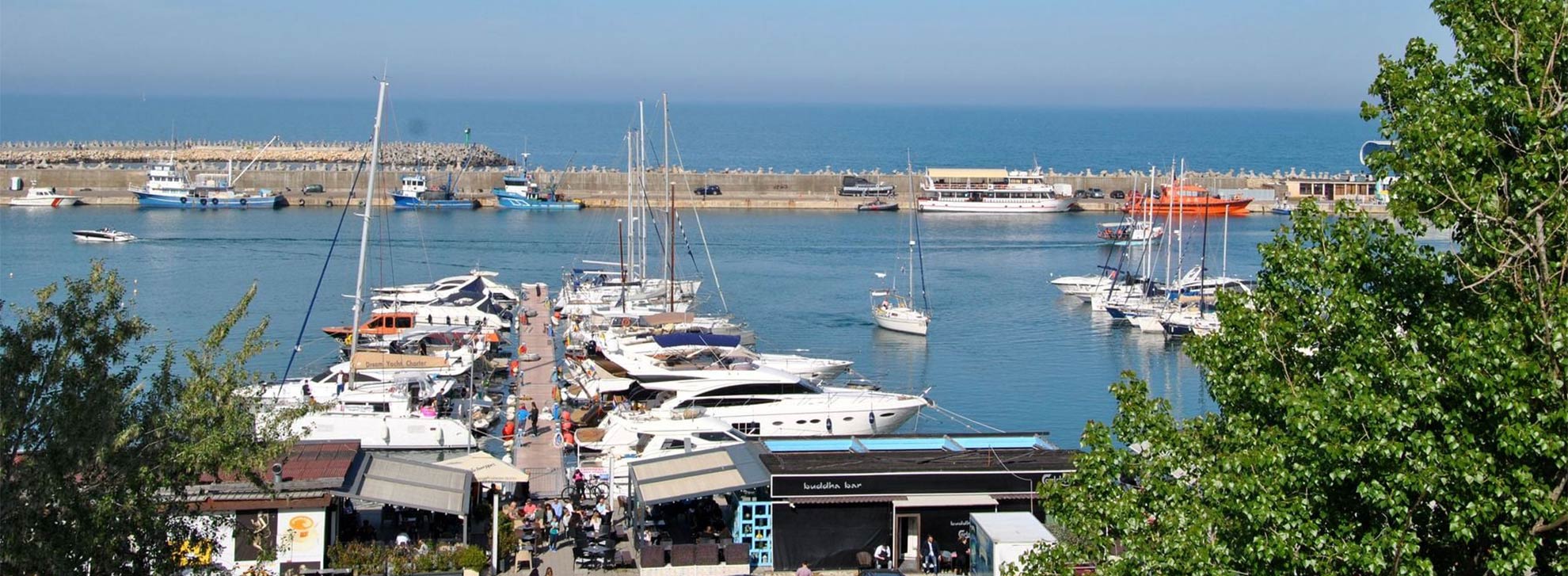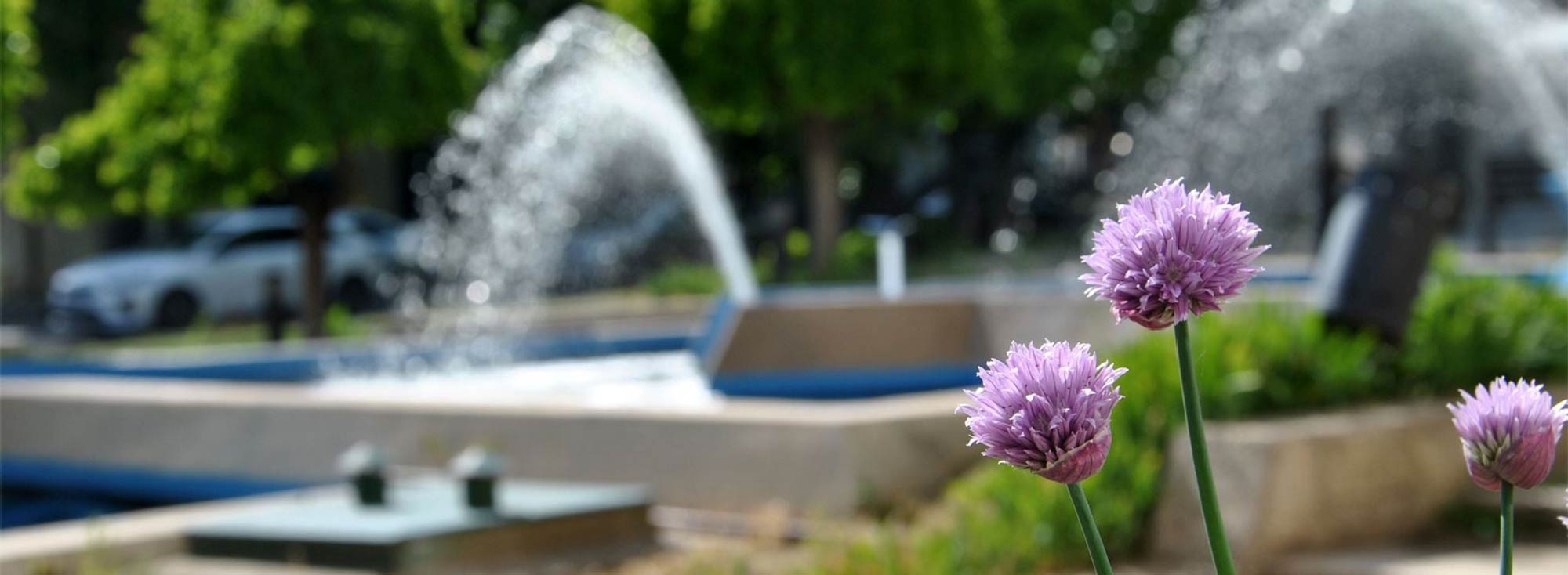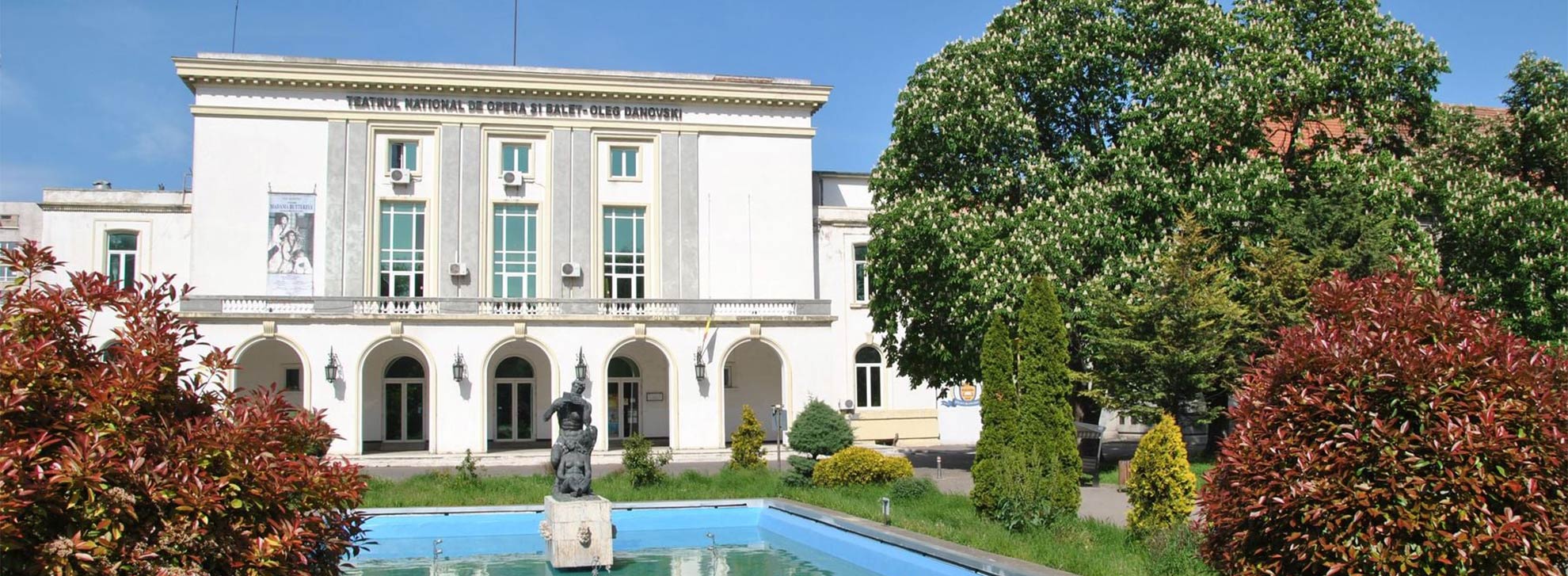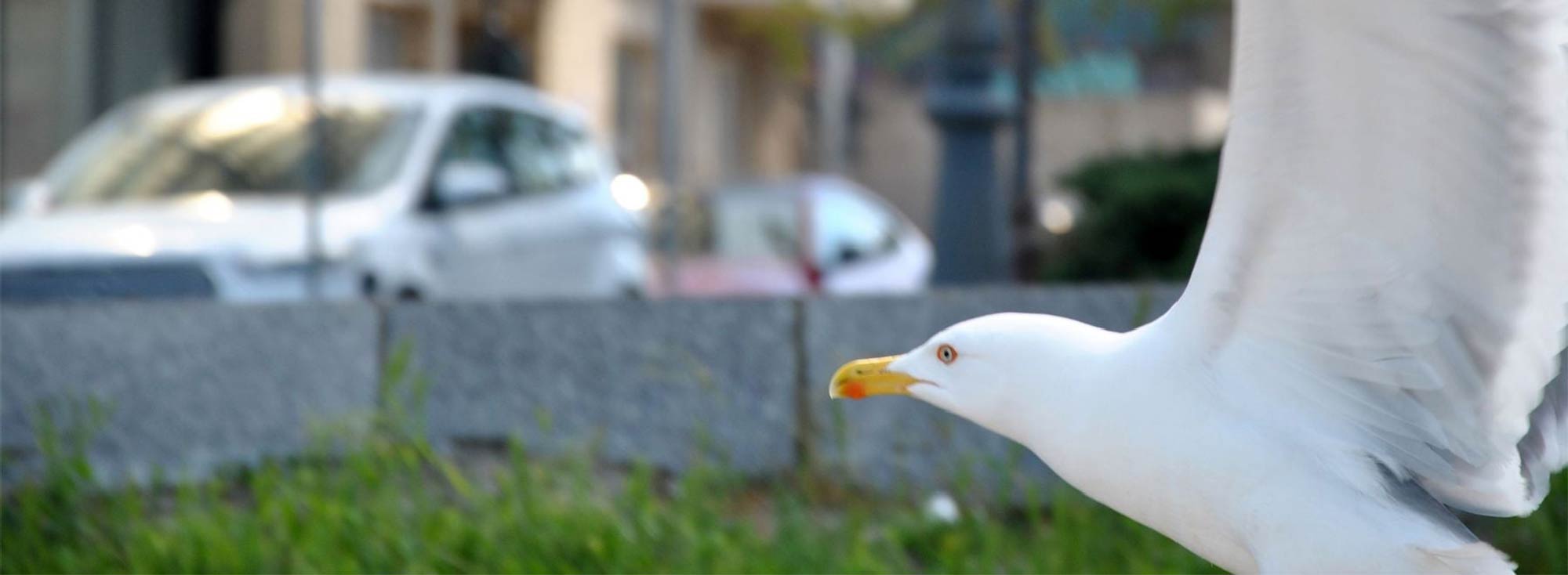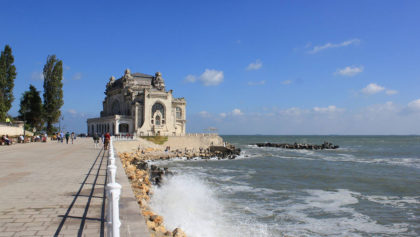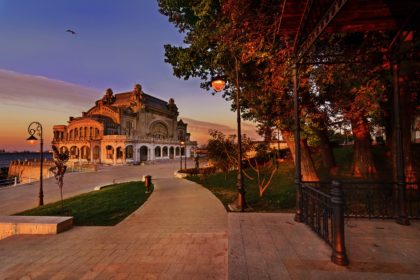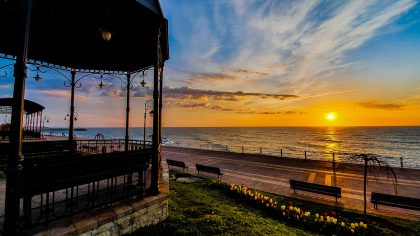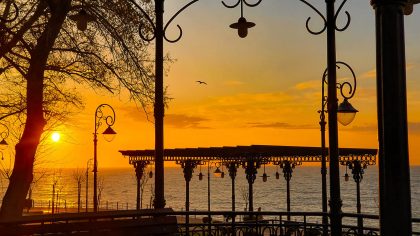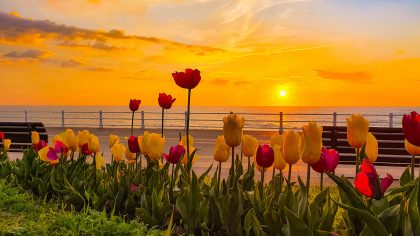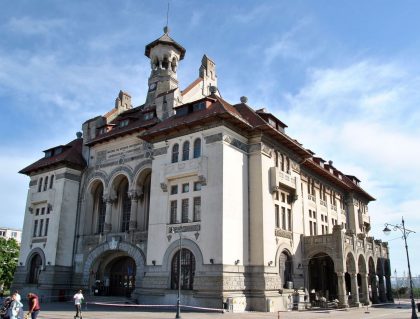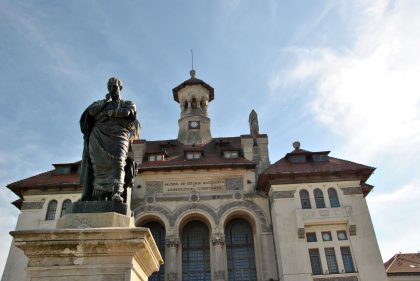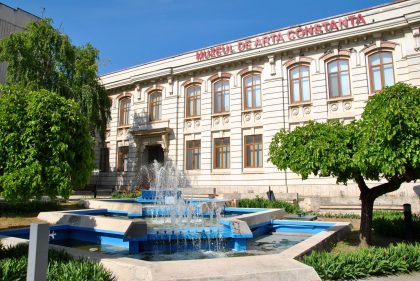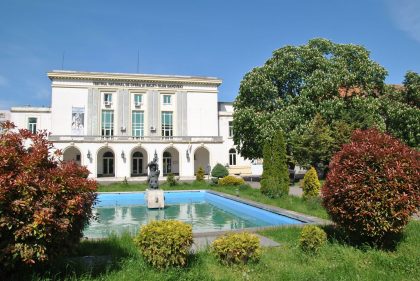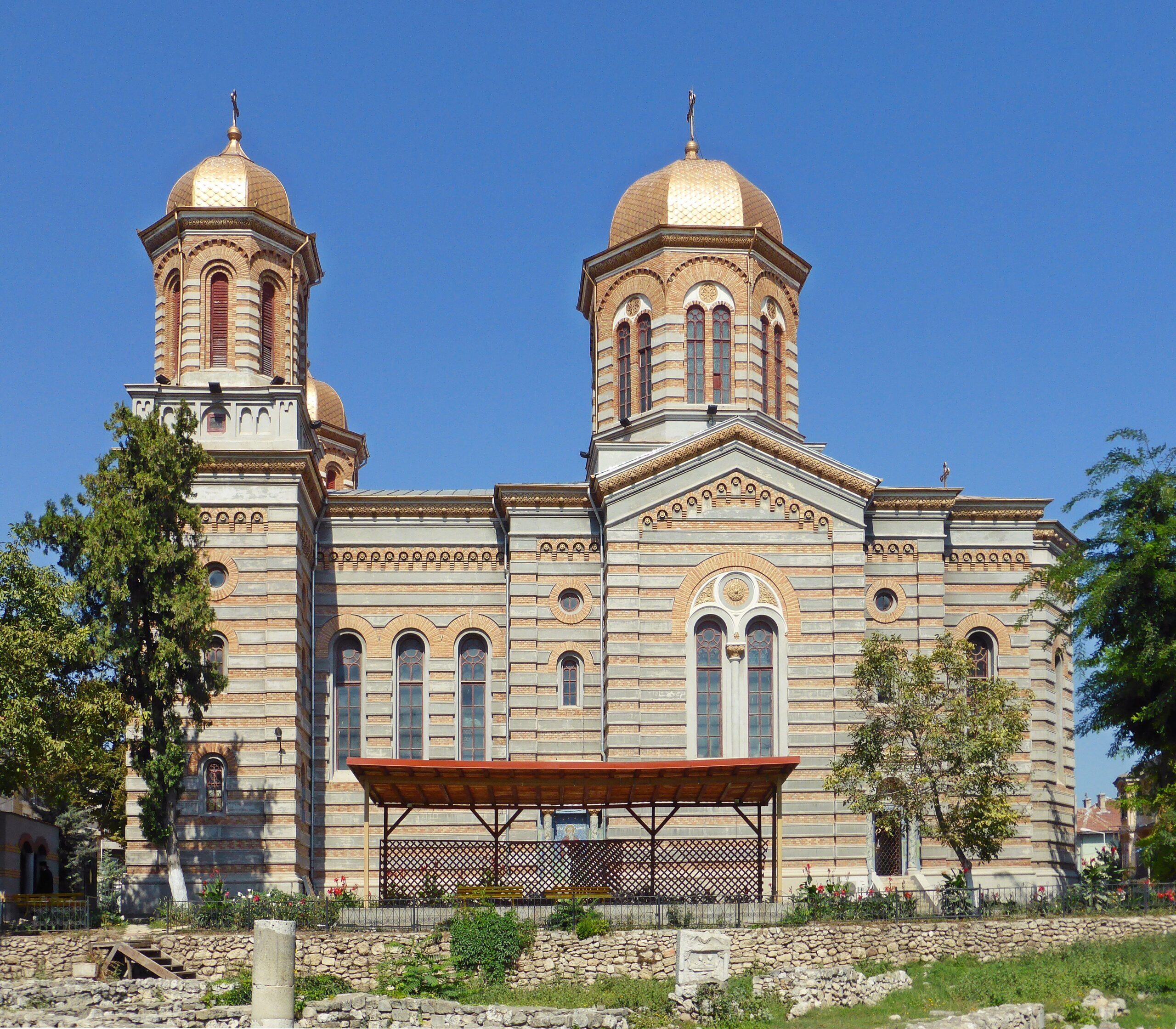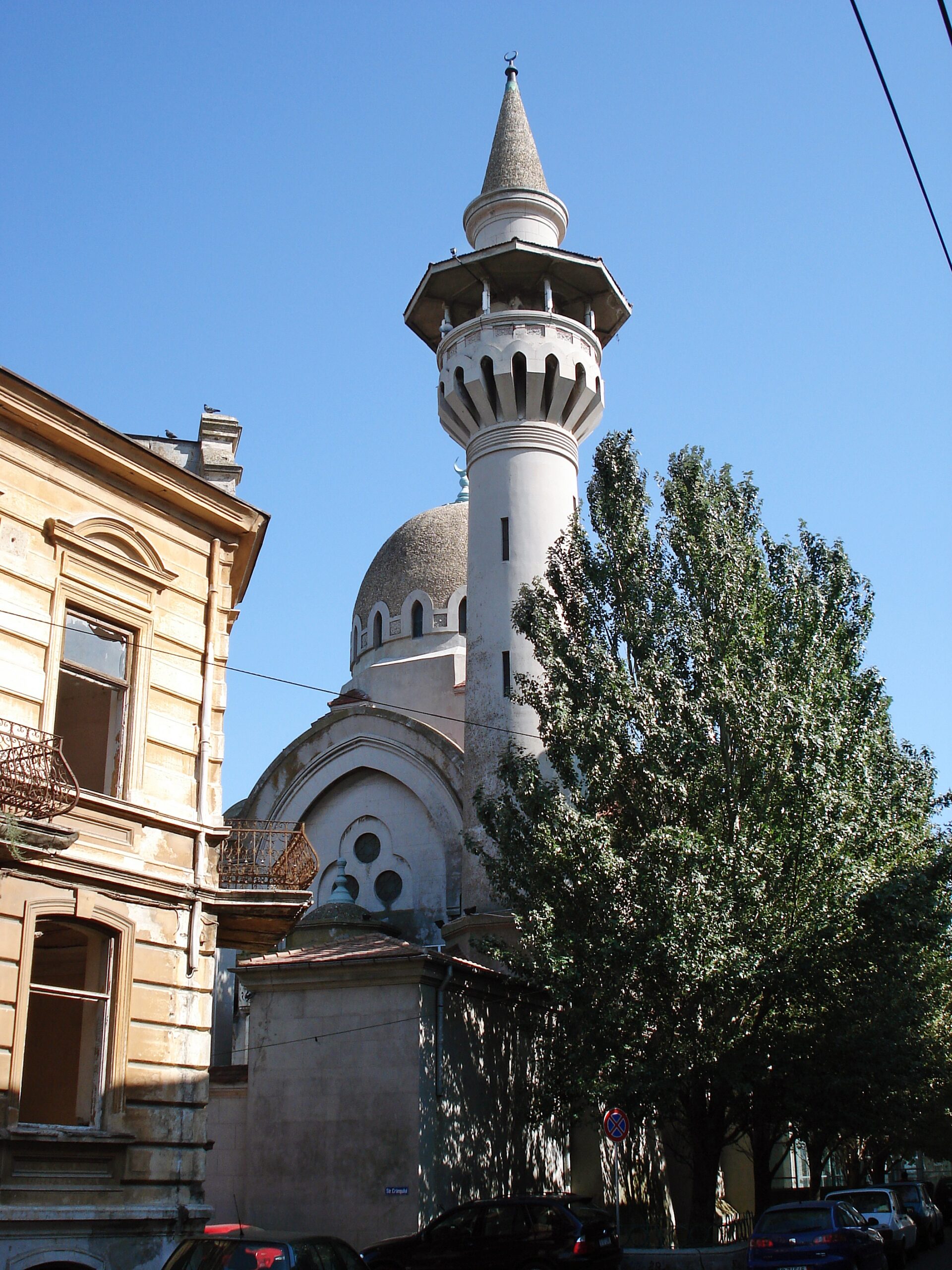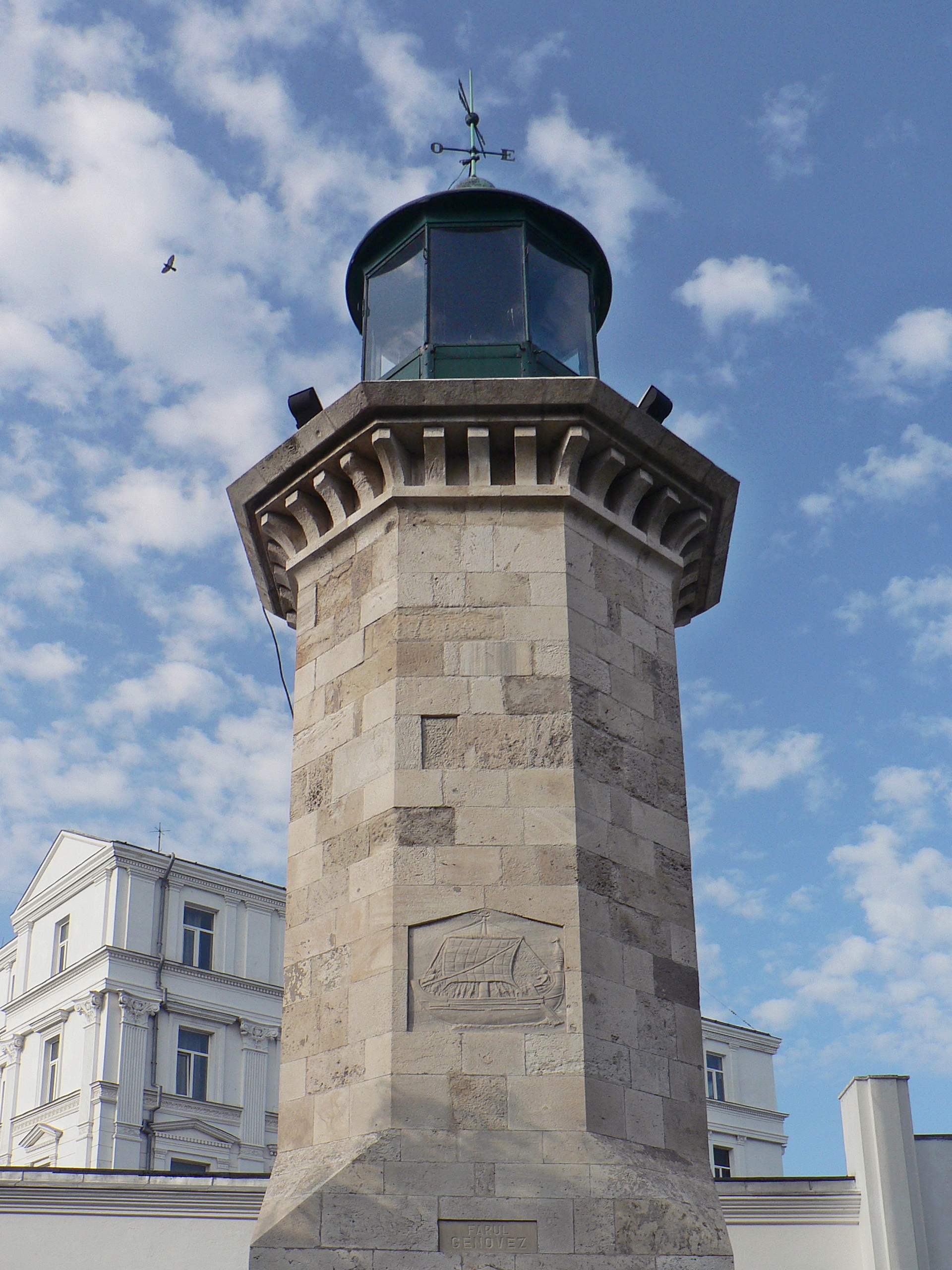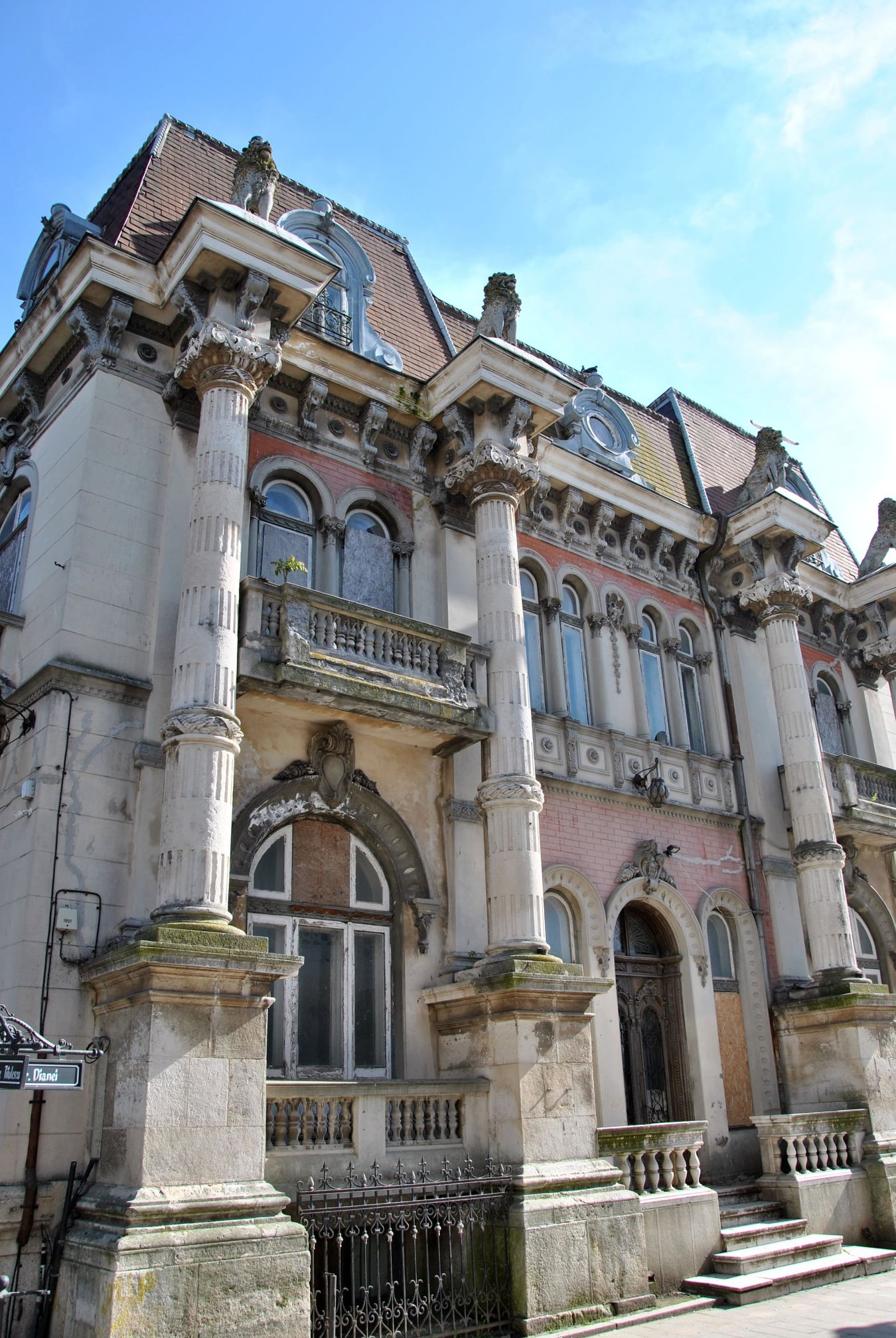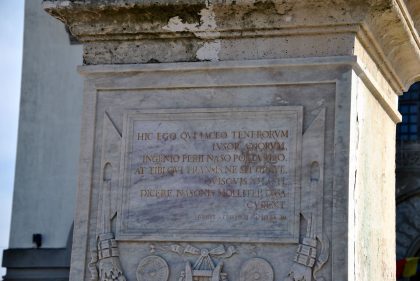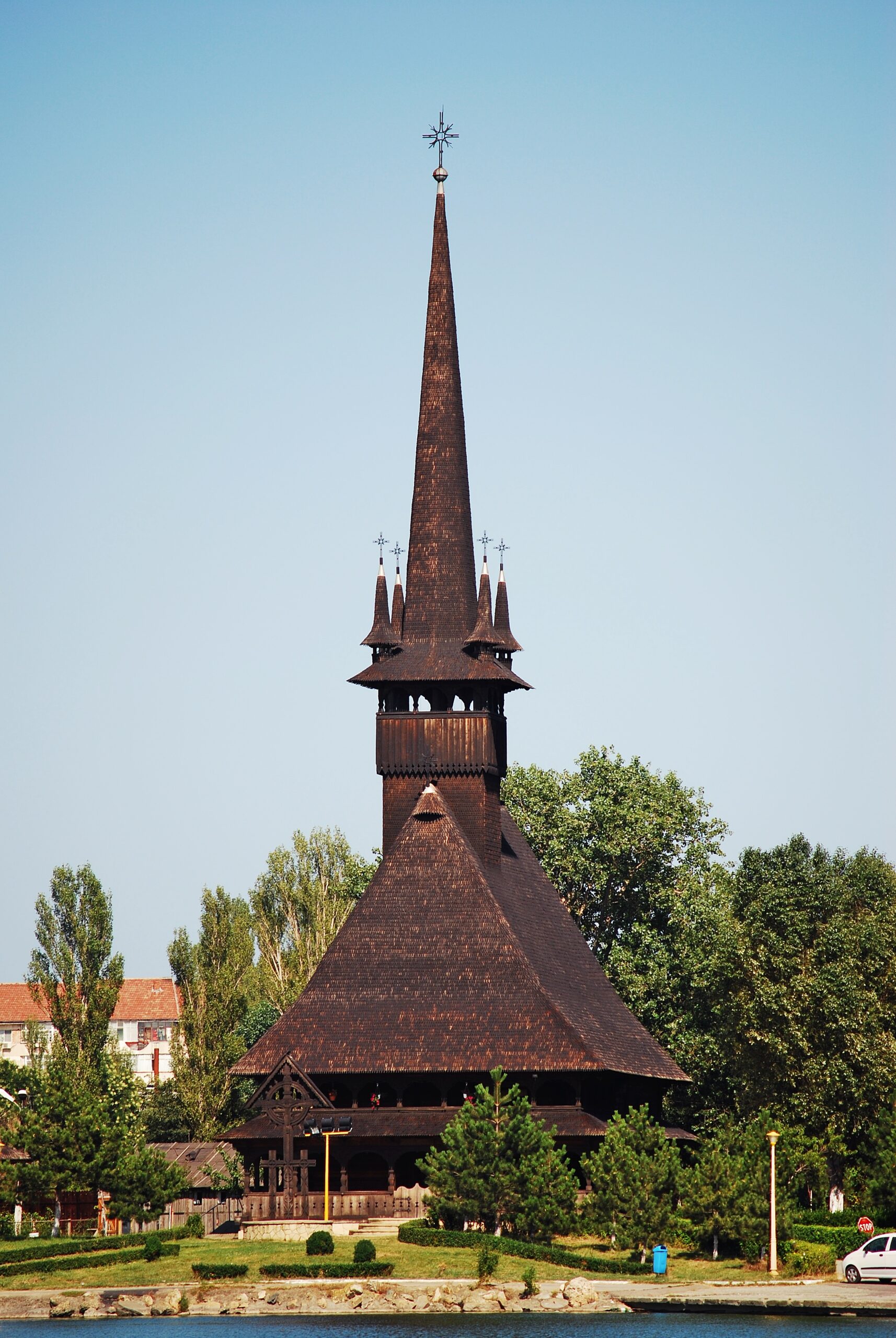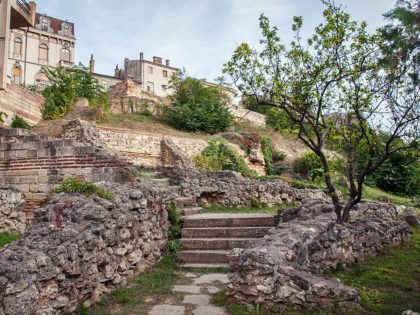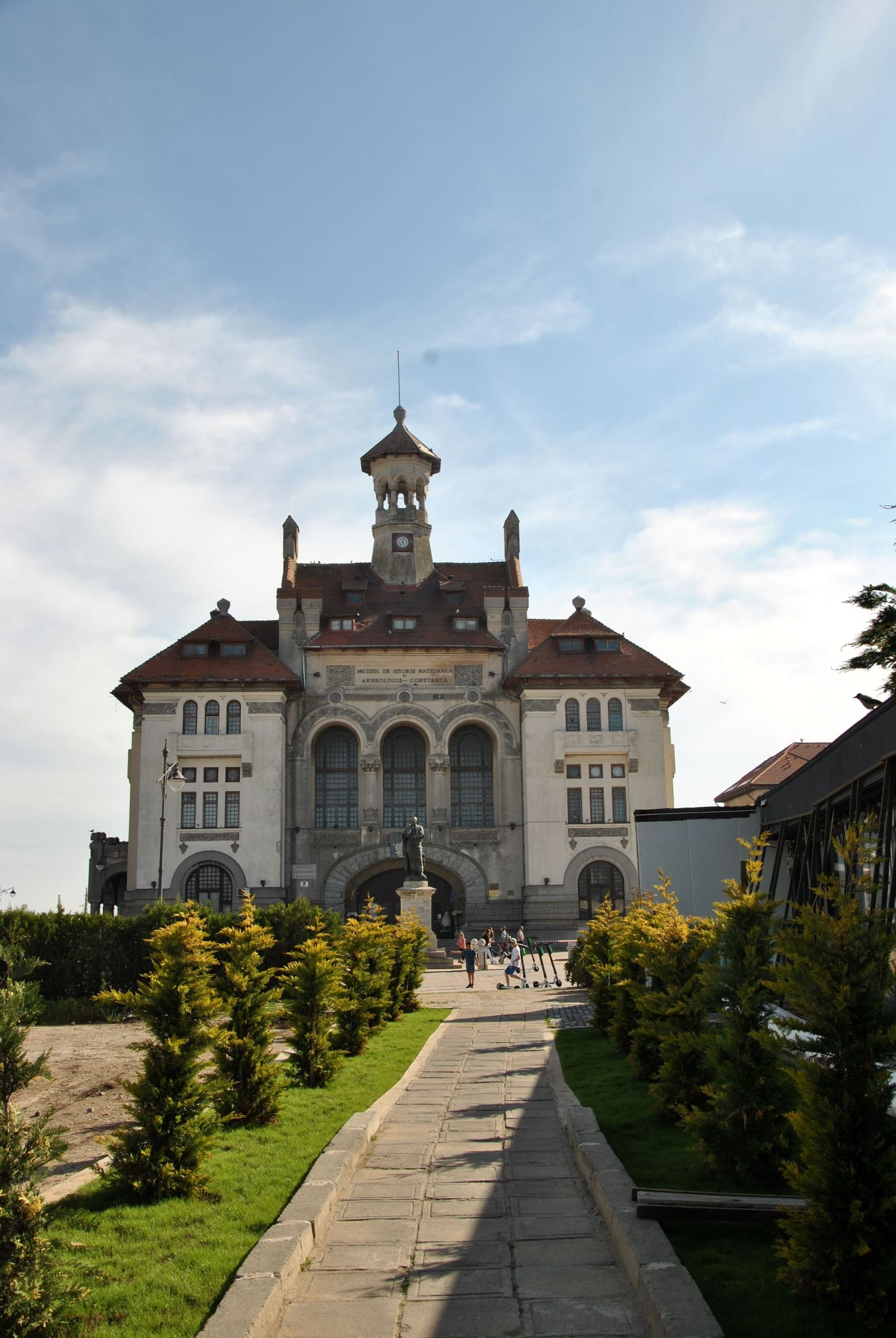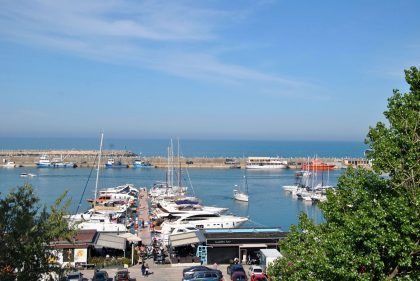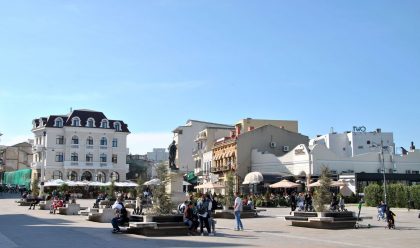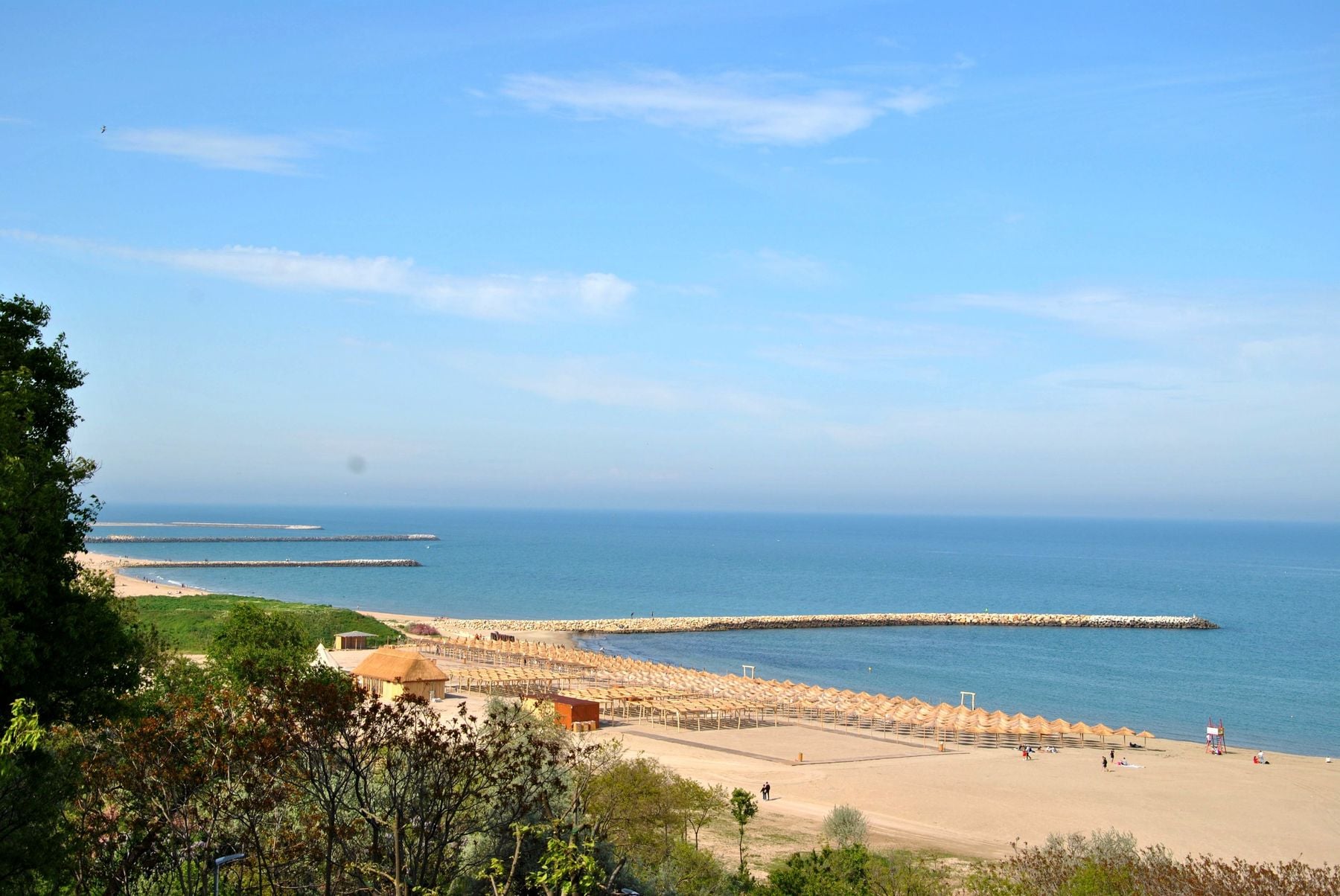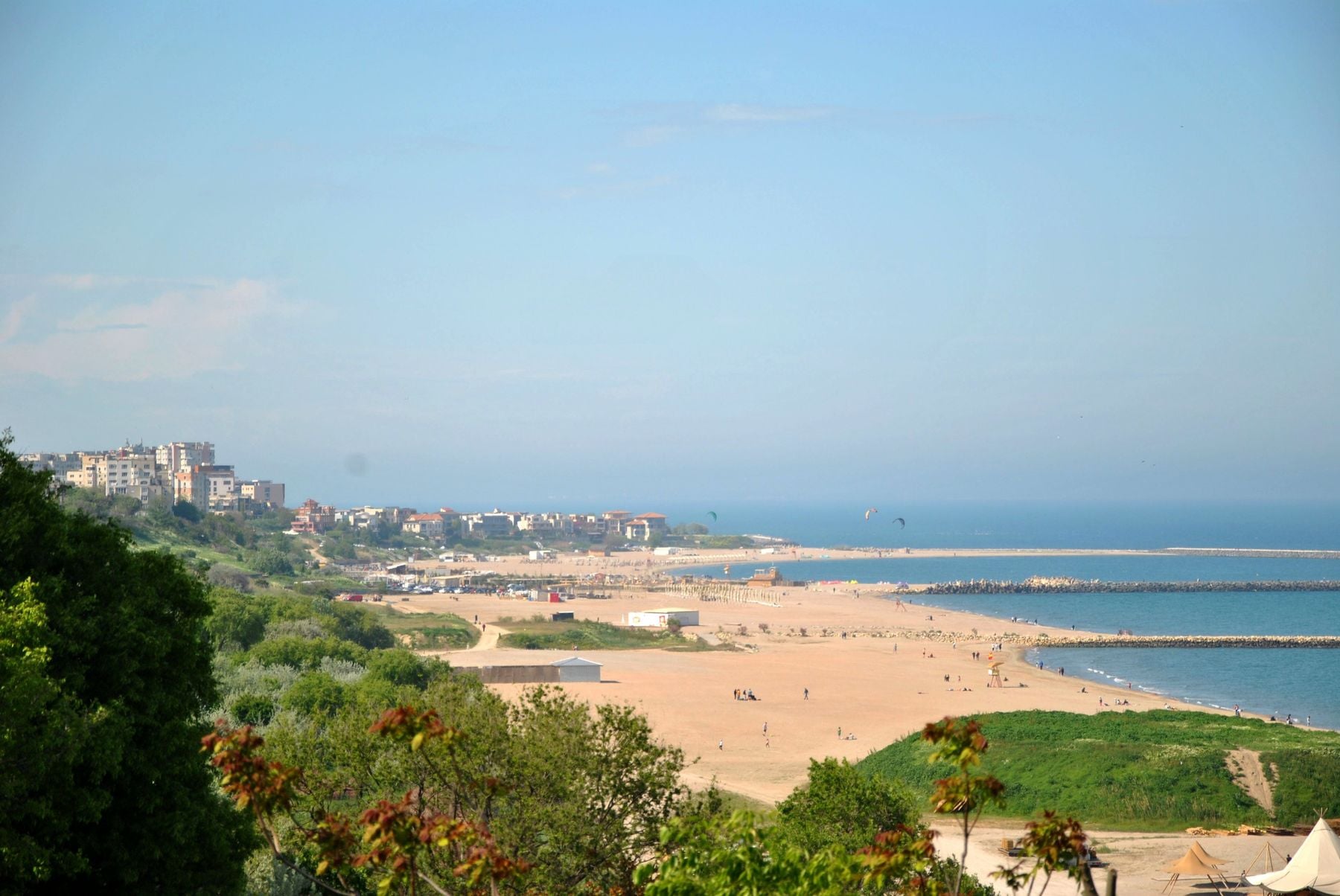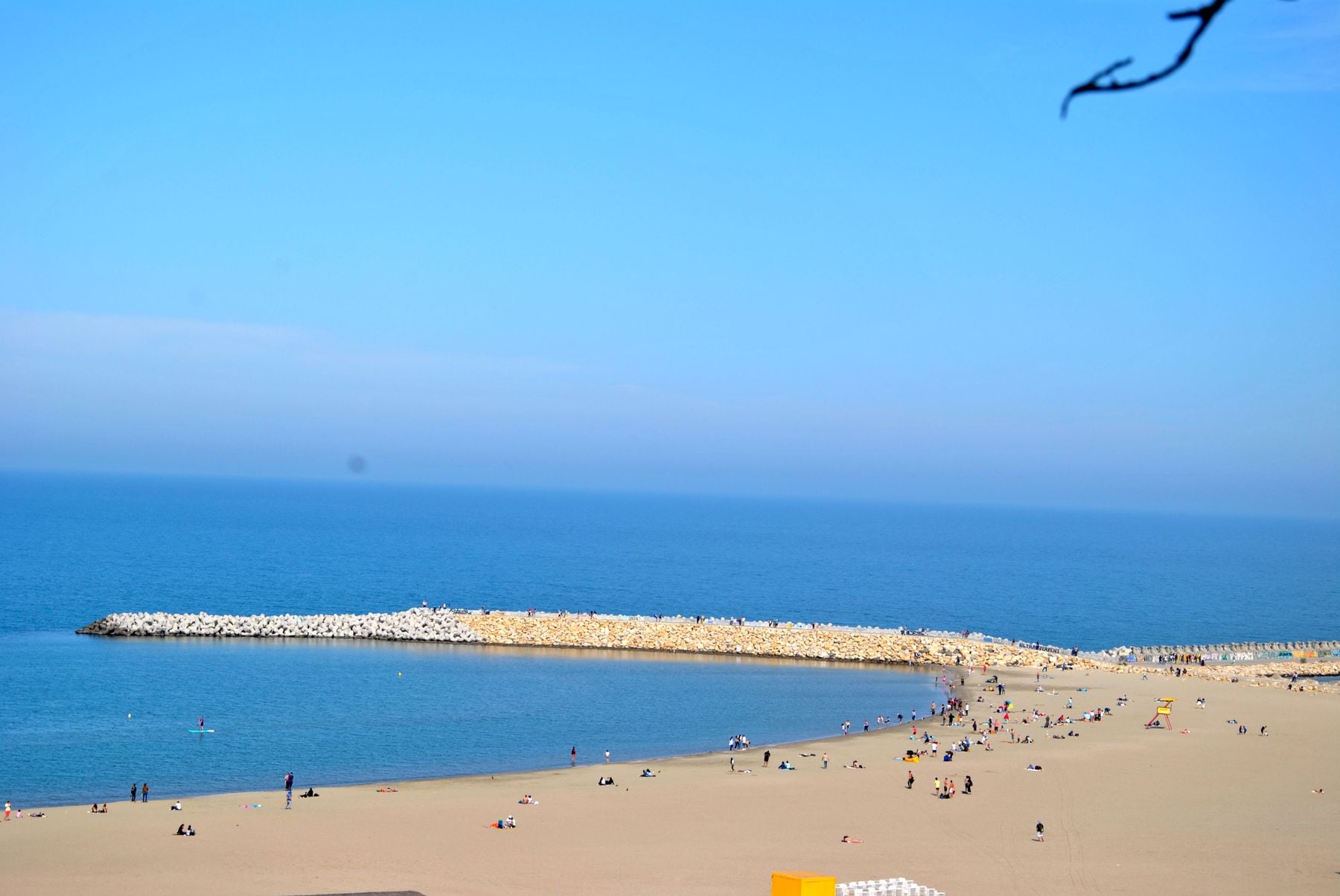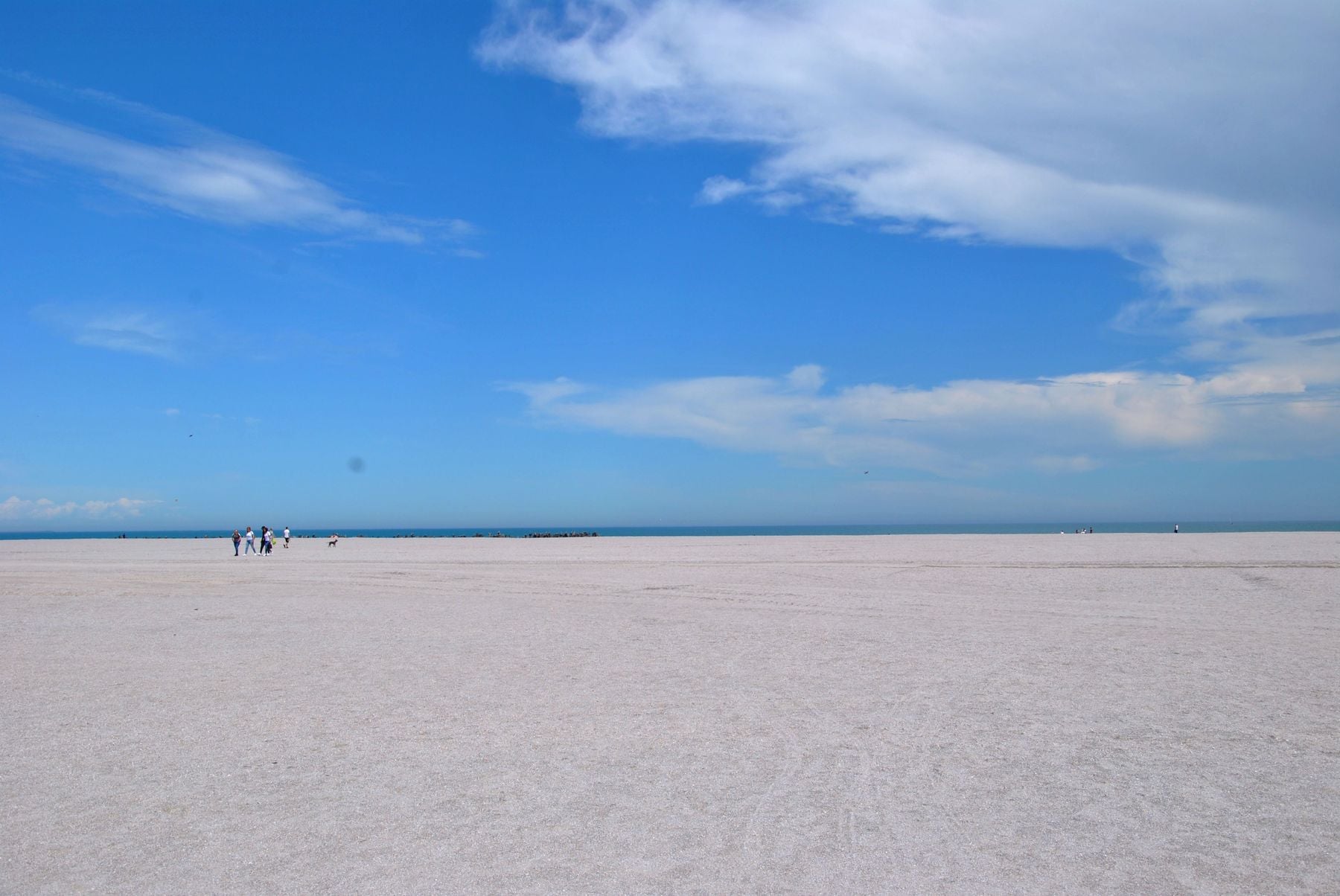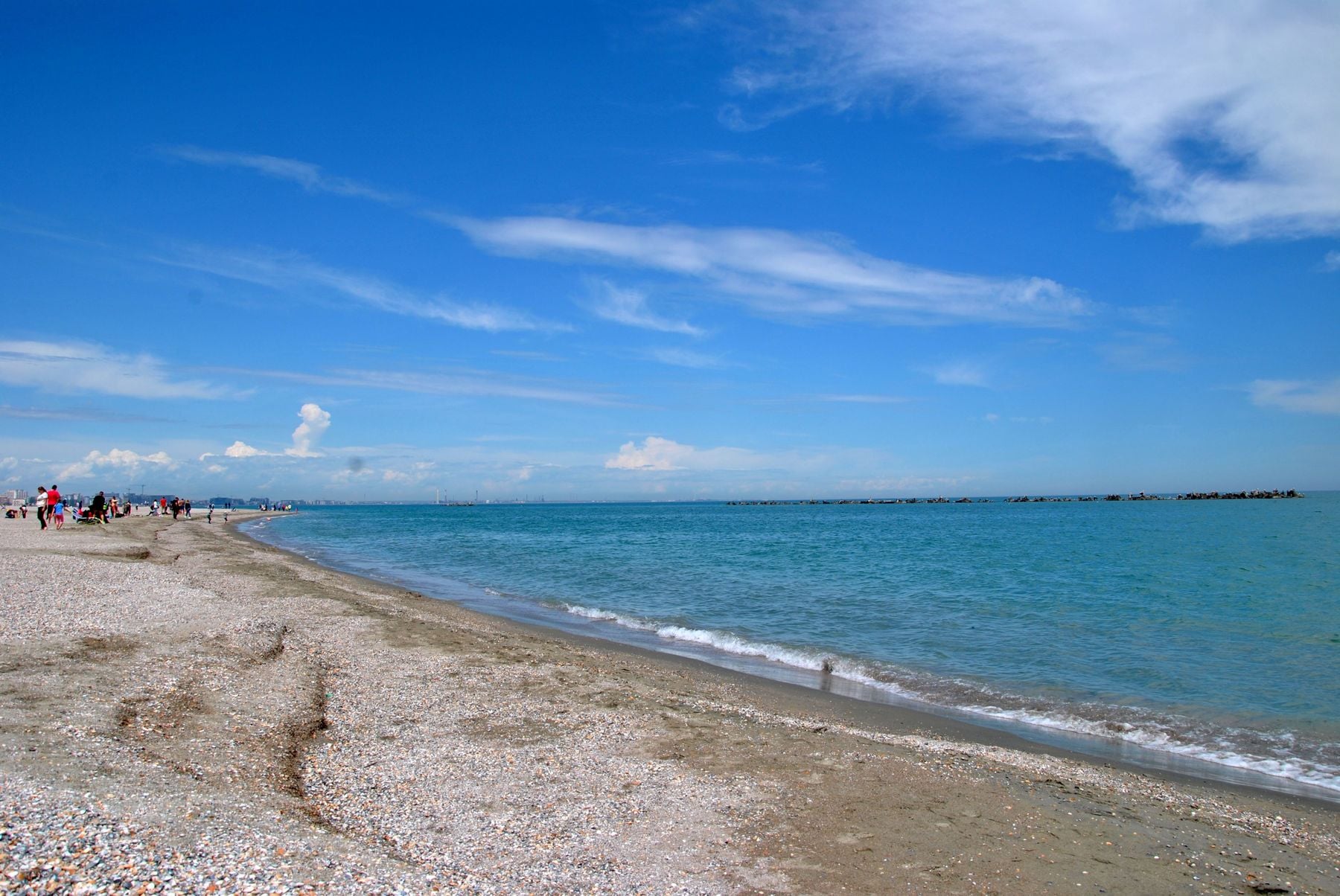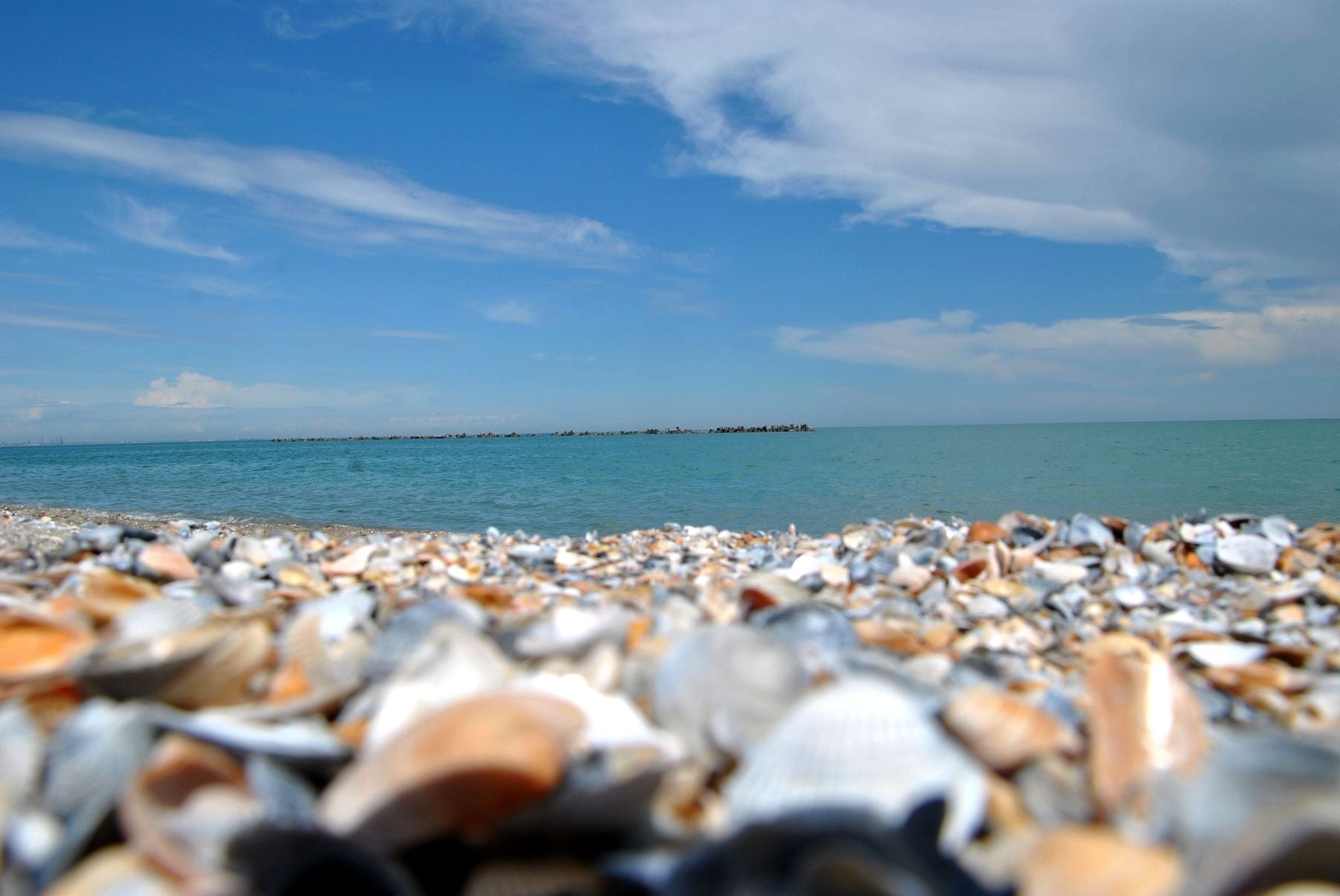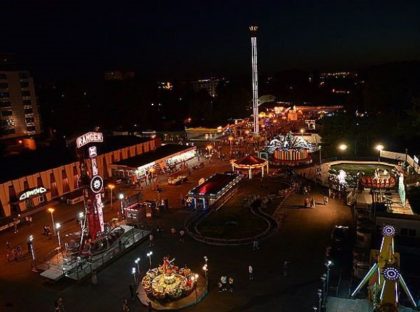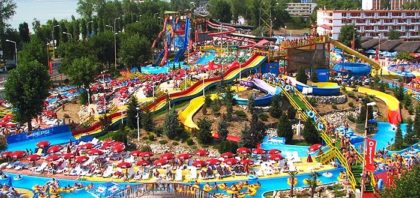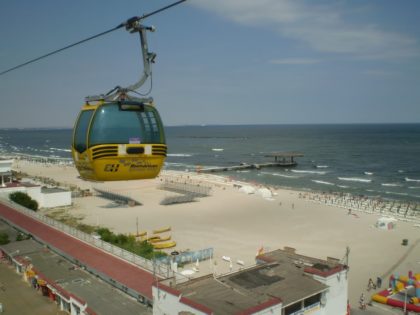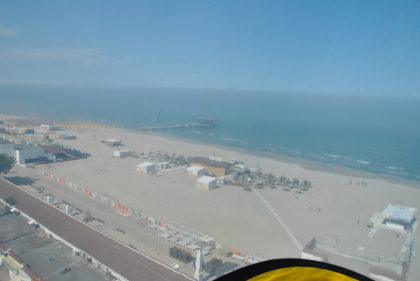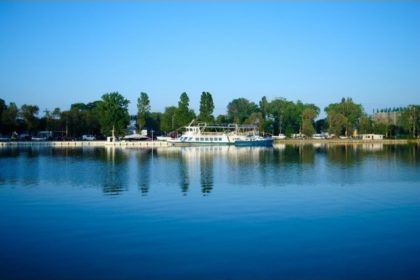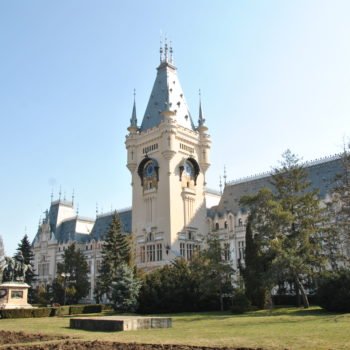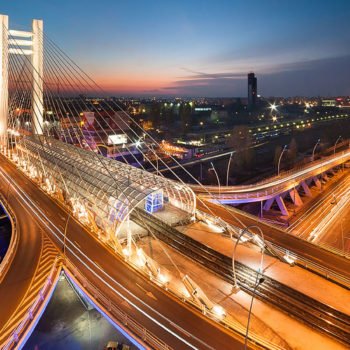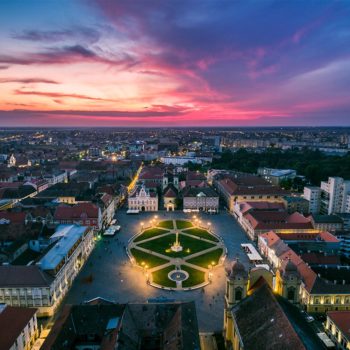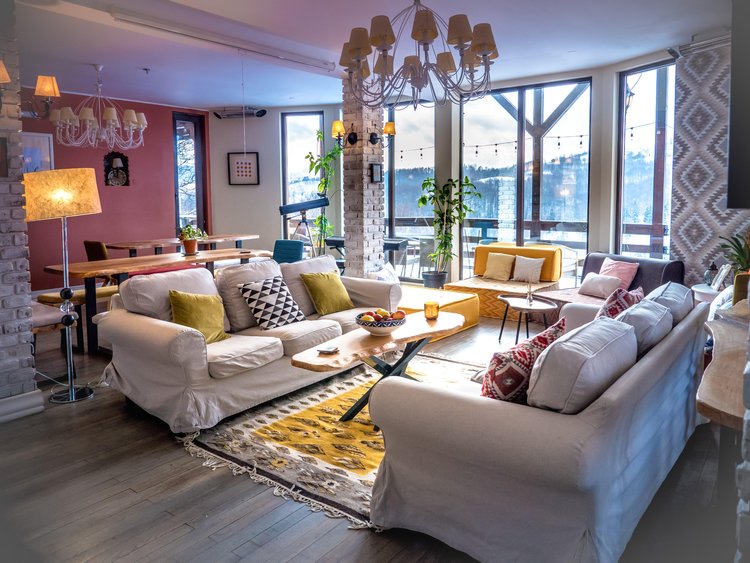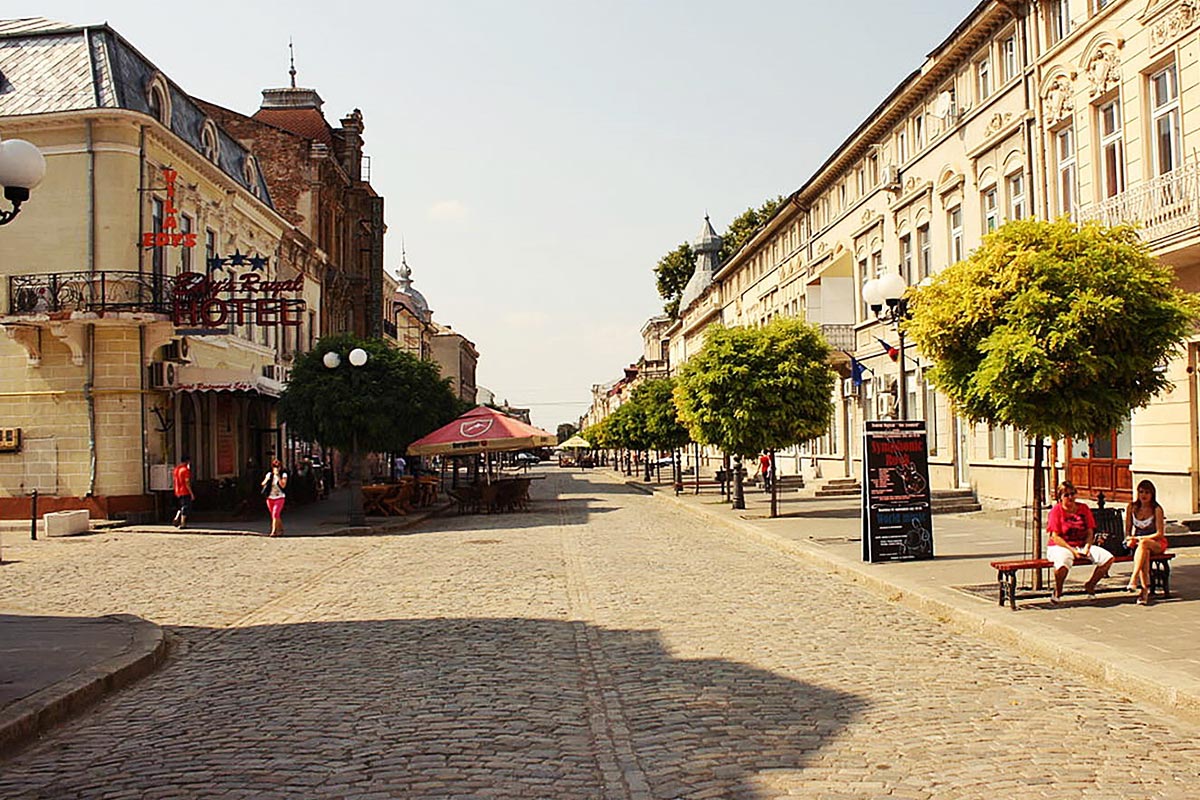Short description: Constanța is the second most important city in Romania, a port city and a tourist city that can bring joy to your soul in all seasons. It is a wonderful city, which combines millennial history with modernism. The city of Constanta welcomes its guests with open arms, with a lot of charm and extraordinary places to visit.
More details – History Tourist spots Tourist attractions
This city celebrates multiculturalism and intertwines Western and Eastern civilizations to generate a spectacular and lively spirit. Constanța offers you a unique and unforgettable experience, where you will leave with a story full of magic and a lot of photos that to show your friends. Allow time on your holiday in Constanța to discover the old town, the ports of Constanța, the stories of the buildings in the city, the wonderful resorts, the monasteries and Roman remains throughout the Dobrogea region, the virgin beaches at Grindul Chituc, and of course, make time to get to know the people and their traditions.
You can’t leave Constanța without tasting the delicious dishes here, such as Dobrogean Pie, fish brine, Dobrogean Tochitura and other Dobrogean specialties.
The most important and favorite among tourists is the resort of Mamaia, which is an extension of the city of Constanța. Here you are welcomed with cheerfulness and a pleasant atmosphere in all seasons, especially in summer, when concerts and festivals are held annually.
Many peoples, such as the Greeks, Byzantines and Turks, left their mark on the history of the city of Constanța. In the 7th century, the Greek sailors who were attracted by the shelter offered by the bay and the peninsula formed on the shore of the Black Sea, as well as by the very good exchange of products with the Getis, founded the Tomis Fortress here. The importance of Tomis grew considerably during the time of the emperor Constantine the Great, from whose name the current name of the city derives and at whose order temples and grand buildings, public squares and thermal baths, marble workshops, streets and new neighborhoods were built. The city was turned into ruins many times due to the migrating peoples. A few centuries later, on the ruins of Tomis was a small settlement of fishermen, from which, gradually, in the following centuries Constanța developed. Remnants of ancient civilization can be found everywhere in today’s city. Constanța experienced a real development after Romania’s victory in the War of Independence (1878) and during the interwar period.
Tourist spots
Constanța National History and Archeology Museum
Muzeul de Istorie Națională și Arheologie Constanța este una din cele mai importante puncte turistice din Constanța datorită bogatului patrimoniu istoric, arheologi și numismatic format din peste 430.000 de obiecte care datează din paleolitic până în epoca modernă. Instituția adăpostește obiecte de origine romană, bizantină, greacă și medivală, precum unelte și arme din piatră, bronz și fier, obiecte de ceramică și elemente arhitectonice antice cum ar fi coloane,capiteluri, frontoane și decoruri. De asemenea muzeul deține și sculpturi antice, vase din sticlă, statuete din bronz, bijuterii, numismatică, icoane, documente, hărți, machete, fotografii , telegrame, reviste, piese de mobilier și alte obiecte cu o mare încărcătura istorică. Muzeul se află începând cu anul 1977 în interiorul unei clădiri monumentale, ce reprezintă fosta primărie a Constanței, situată în Piața Ovidiu nr.12.
Așadar, dacă ajungi să vizitezi orașul mirific Constanța, ar fi păcat să nu treci si pe la acest muzeu plin de încărcătura istorică, cultură și cunoștințe.
Historic
The construction of the massive building was started in 1912 and completed in 1921, under the guidance of the architect Victor Ștefănescu. The Municipal Council of Constanta decided, on March 28, 1911, to conclude a contract between the architect Victor Ștefănescu and the City Hall. The foundation stone of the edifice is laid the following year on May 22, by the heir to the throne, Prince Ferdinand, who signed the commemorative act immediately after the religious moment, officiated by Bishop Nifon, alongside Constantin Pariano, Mayor Titus Cănănău and other councilors . The projects originally provided for a depth of 3-4 meters for the foundations, then 5-7 meters, to finally reach 17 meters, a depth at which the builders found solid ground. The construction is part of the series of public buildings made in a non-Romanian style, with characteristic architectural elements such as the loggia on the large pediment with richly decorated columns at the base and capital, the entrance and the two windows of the more advanced lateral bodies with frames from stone, the wide opening hall and outside the small narrow windows on the third floor.
On the ground floor of the museum there are two rooms where archaeological monuments of great value, rare objects and unique pieces are exhibited, such as the collection of “Tanagra-type” statuettes from the early Greek and Roman eras, anthropomorphic ceramic vessels or with Dionysian representations, the treasure of sculptures discovered in 1962, including the bust of the goddess Isis, the goddess Fortuna, the god of the Black Sea Pontos and the statue of the snake Glykon, the collection of imperial portraits of Antonius Pius, Caracalla, Gordian III, Philip the Arab and Constantine, the collections of gold ornaments and the treasury of vessels from silver discovered at Sucidava-Izvoarele.
On the other floors of the museum there are exhibits arranged chronologically, starting with the first evidence of habitation of Dobrogea and ending with the modern era. Notable pieces include the large mammoth tusks from the White Gate, the Thinker and his pair, the Mycenaean sword from Medgidia and many other important architectural pieces.
In addition to all the archaeological exhibits, the museum also has a library with more than 40,000 book volumes, an impressive number of newspapers and publications, collections of photography, iconography and documentation.
The Constanța Museum of National History and Archeology should not be missed from your list of tourist attractions in Constanța!
Dolphinarium
The Constanța Dolphinarium is among the most visited tourist attractions in Constanța both in summer and off-season. And no wonder, considering that you can spend wonderful moments admiring the dolphins that steal your heart at first sight. So choose to put on your list of goals a great afternoon with the cutest animals in the world.
Historic
The Constanța dolphinarium was inaugurated on June 1, 1972, representing at that time the first such dolphinarium in Romania and South-East Europe. Currently, in Romania, the dolphinarium remains the only location where visitors can relax watching the extraordinary shows where the main characters are dolphins, sea lions and penguins. Among the famous dolphins at the Dolphinarium are the species: Peipei, Chen Cheng and Ni-Ni. Full of charm and magic, the magicians perform tricks every day according to a well-established schedule, bringing smiles to the faces of tourists and joy to the souls.
The visit to the Dolphinarium should not be postponed! You will live a beautiful experience, in a universe full of magic!
Gravity Park
If you are a fan of adrenaline and spontaneous things, you should go to Gravity Park in Constanța, this being the largest outdoor complex in Romania dedicated to extreme sports. This is where some of the country’s most important extreme sports competitions take place. So if you are in Constanța, it is worth visiting this park at least once.
Historic:
Gravity Parc was inaugurated on May 24, 2008 with a show attended by athletes from all over the country. It is located on Soveja Street, on the southern shore of Tăbăcărie Lake. The park has a total area of 8500 square meters and is divided into special areas for triage, dirt jumping, climbing, bouldering and, of course, skating and rollerblading. Gravity Parc also offers visitors a skateshop, internet café, changing rooms, showers, equipment rental and first aid centers, and soon a pizzeria with a terrace will open.
Mamaia Resort
Romania is proud of one of the most visited locations, this being the Mamaia resort in Constanța, which annually attracts thousands of tourists, both Romanians and foreigners. If you are looking to spend a few days full of charm, fun, adrenaline and magic you will surely find all this in Mamaia resort.
Mamaia is a locality that is part of Constanța, in Constanța County. It is located in the north of the city, being a summer tourist resort of the Romanian coast. It has very few permanent inhabitants, but during the summer it becomes overcrowded. Mamaia is built on a sandbank with a length of 8 km and a width of 300 m, between the Black Sea and the shore called Siutghiol. The beach is very long, up to 250 m wide and covered with very fine sand, perfect for walks and sunbathing for bronze. Shops, restaurants, nightclubs and terraces can be found along the beach.
History
Initially, Mamaia was a village in Dobrogea with Greek and Lipovan fishermen, Romanian shepherds and Tatar horse breeders. The name of the town comes from a Tatar owner of the place during the rule of the Ottoman Empire, named Mamai. The construction of the current location of the resort began in 1906, when the first wooden cabins came together under two pavilions, finished with a gazebo and a bridge leading to the sea. The inauguration of the first constructions took place on August 22, 1906, these being arranged according to the plans of the architect E. Recont, following the extension of the port to the existing beaches in the south of Constanța. In order to facilitate the access of tourists to Mamaia, a railway line was set up between Constanța train station and the resort, but it disappeared in 1960. The resort developed after the end of the First World War and began its development, with the construction of the royal family’s summer residence, in the current Castle Club. In 1935 the Casino was built, and in 1936 the first hotel in the true sense of the word, the Rex Hotel, appeared. Starting with 1982, Mamaia became a real attraction, coming here not only Romanian tourists but also tourists from both other communist countries and from the imperialist country.
Tourist attractions
Satul de Vacanta
Satul de Vacanta is a picturesque place that hosts 31 traditional Romanian restaurants, decorated in a rustic style, according to the region each of them represents. It is visited every year both for the thousands of souvenirs you can buy for your loved ones or simply to remember the beautiful vacation, but also for the great amusement park, full of adrenaline and madness.
Aqua Magic Amusement Park
Aqua Magic is the most modern water park on the Black Sea coast, which covers an area of 27,200 square meters and includes slides, pools for adults and children, waterfalls, pools, restaurant, bars, fast food and souvenir shops. So you can schedule a day of your vacation to spend it at this fantastic park where you can have fun or relax all day.
Gondola
It was inaugurated on July 16, 2004, after an investment of approximately 3.5 million euros, and is a modern cable car connecting the Casino and the Perla Hotel, on a 2.1 km route. The movement is made at a height of 50 meters, with a speed of 5 meters per second, the entire route being covered in 7 minutes.
Lake Siutghiol
Lake Siutghiol is 7.5 km long and 2.5 km wide. Here you have the opportunity to practice sports such as water skiing or yachting, and in addition to these, evening walks through the park on the edge of the lake can be the oasis of peace of your vacation. The lake also has a calcareous island, which is called Ovidiu, with an area of 2 hectares, on which a restaurant is located.


